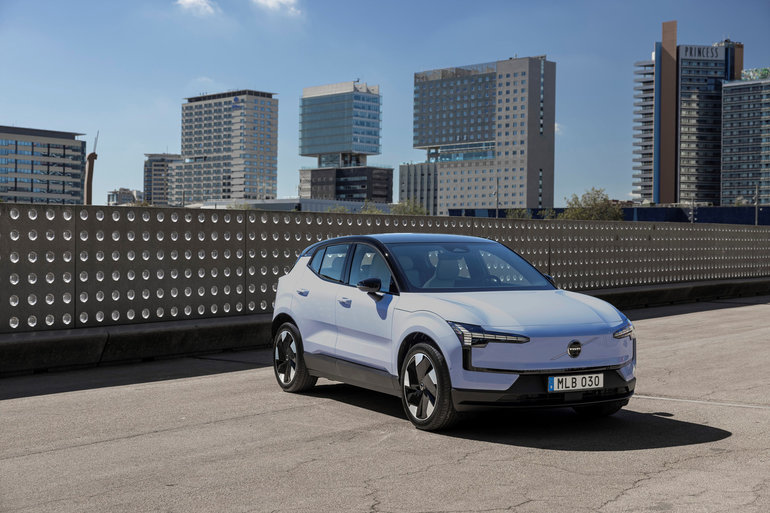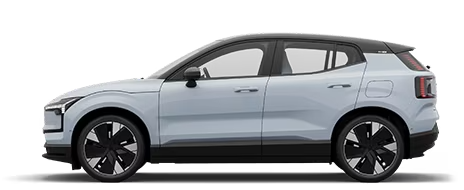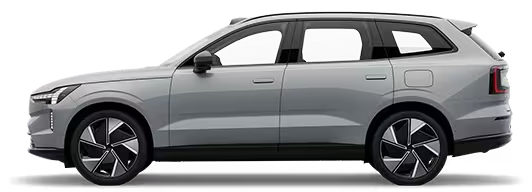Beyond Numbers: Understanding the 2025 Volvo EX30's Electric Powertrains
November 19 2024,

The Foundation of Electric Excellence The 2025 EX30 represents Volvo's comprehensive approach to electric mobility. The vehicle's architecture accommodates two distinct powertrain configurations, each engineered to deliver specific characteristics while maintaining core electric vehicle benefits. This dual-platform strategy demonstrates how modern electric vehicles can adapt to different driving preferences without compromising fundamental capabilities.
Single Motor Sophistication
The Single Motor Extended Range variant emphasizes balanced performance. Its rear-wheel-drive configuration optimizes weight distribution and handling characteristics. The 268 horsepower output, combined with 253 lb-ft of instantaneous torque, delivers engaging performance without sacrificing efficiency. The 5.3-second acceleration to 100 km/h proves that efficient electric vehicles can provide thrilling performance. This configuration particularly excels in urban environments where its balanced power delivery and efficient energy management shine.
Twin Motor Technology
The Twin Motor Performance configuration showcases Volvo's electric performance capabilities. The dual-motor setup generates 422 horsepower and 400 lb-ft of torque, distributed through an advanced all-wheel-drive system. This powertrain configuration transforms the EX30 from a capable electric vehicle into a performance leader in its segment. The 3.6-second sprint to 100 km/h demonstrates the remarkable potential of electric powertrains when engineered for maximum performance.
Shared Innovation
Both variants benefit from identical battery and charging technologies. The 69.0 kWh battery system supports rapid charging capabilities, reaching 80 percent capacity in just 26.5 minutes when connected to appropriate DC fast-charging stations. The consistent 8-hour home charging time ensures convenient overnight charging regardless of the chosen variant. This charging infrastructure compatibility means owners can confidently plan longer journeys knowing they have access to rapid charging when needed.
Energy Management Systems
The sophisticated energy management systems in both variants optimize power delivery and efficiency. The 16.5 kWh per 100 kilometers consumption rate reflects careful engineering that balances performance with practical efficiency. These systems continuously adjust power delivery based on driving conditions and driver inputs, ensuring optimal performance in all situations.
Practical Performance
The EX30's engineering maintains practical capabilities across both configurations. The 900-kg towing capacity remains consistent, as does the 318-litre cargo capacity. The additional 7-litre front storage area and 75-kg roof load capacity enhance versatility without compromising the vehicle's performance characteristics. This consistency in practical capabilities ensures that choosing the high-performance variant doesn't mean sacrificing utility.
Daily Driving Dynamics
Both powertrain configurations deliver excellent daily driving characteristics. The instant torque availability enhances safety during passing maneuvers and provides confident acceleration when merging onto highways. The 180 km/h top speed ensures more than adequate performance for all legal driving scenarios, while the electric powertrains provide smooth, refined operation in all conditions.
Environmental Consideration
The dual powertrain strategy maintains focus on environmental responsibility regardless of performance level. Both variants operate with zero direct emissions, contributing to reduced environmental impact. The efficient energy consumption demonstrates that performance and environmental consciousness can coexist in modern electric vehicles.



























